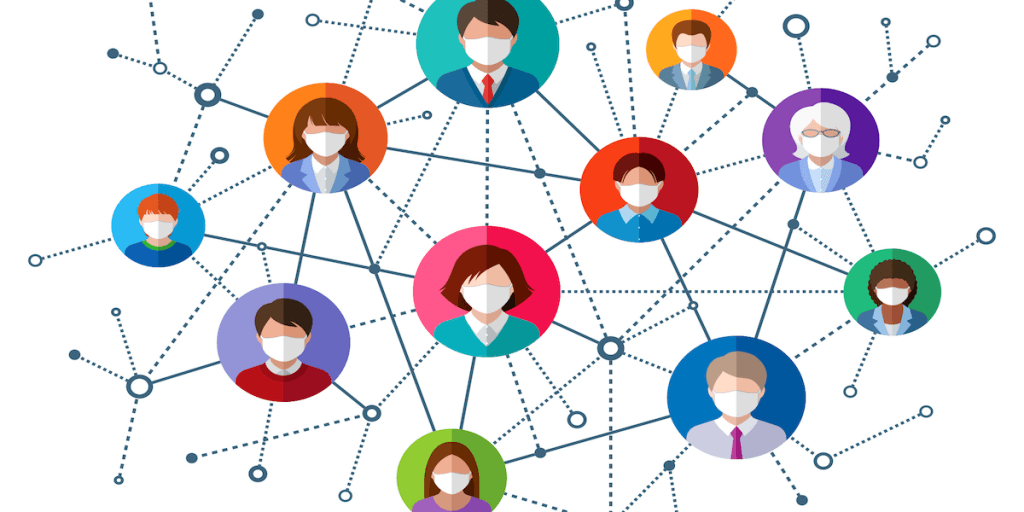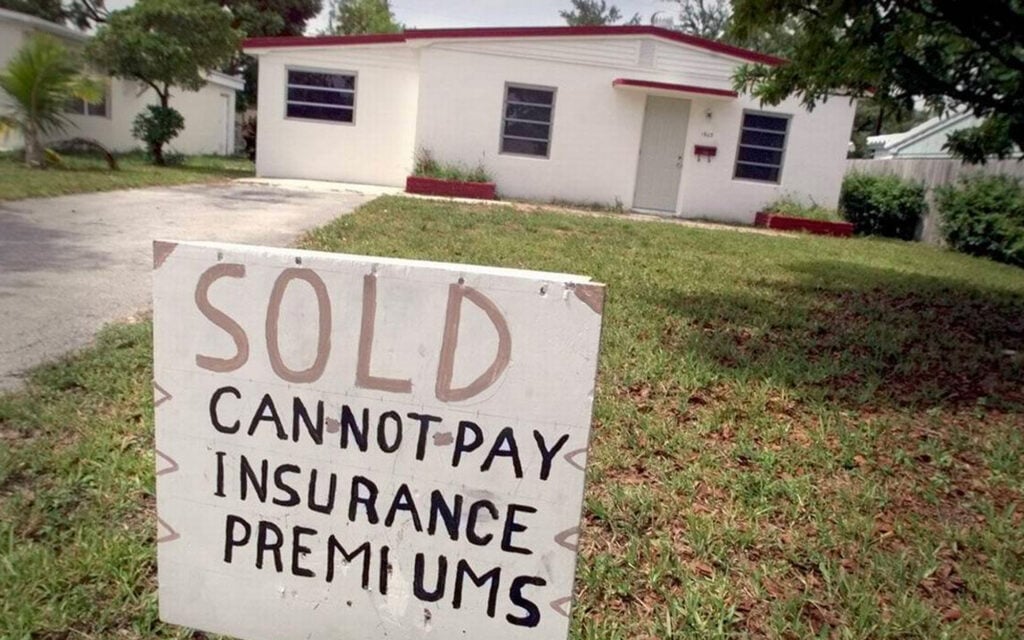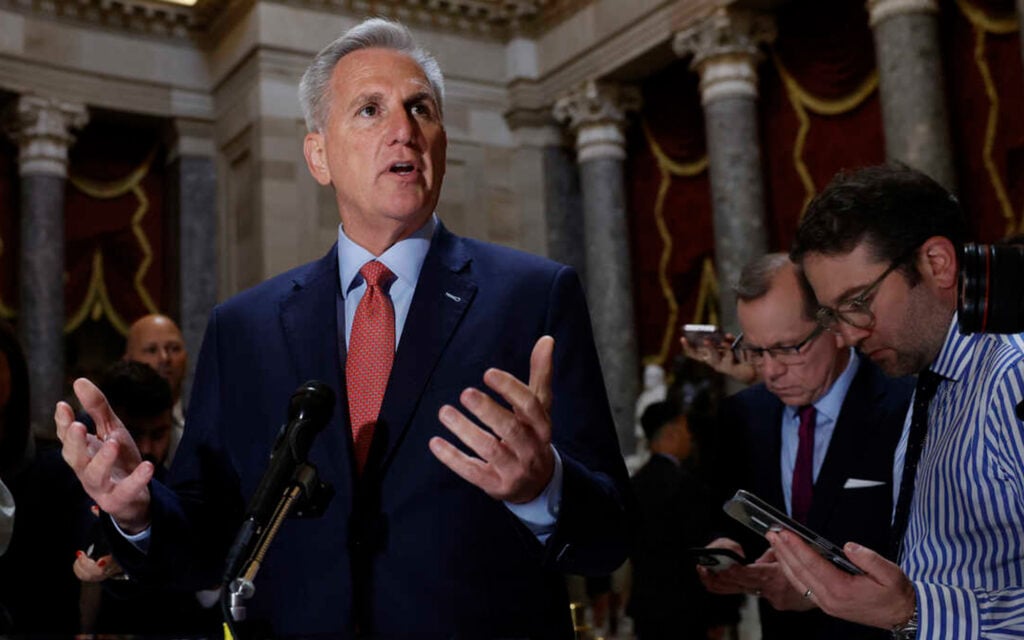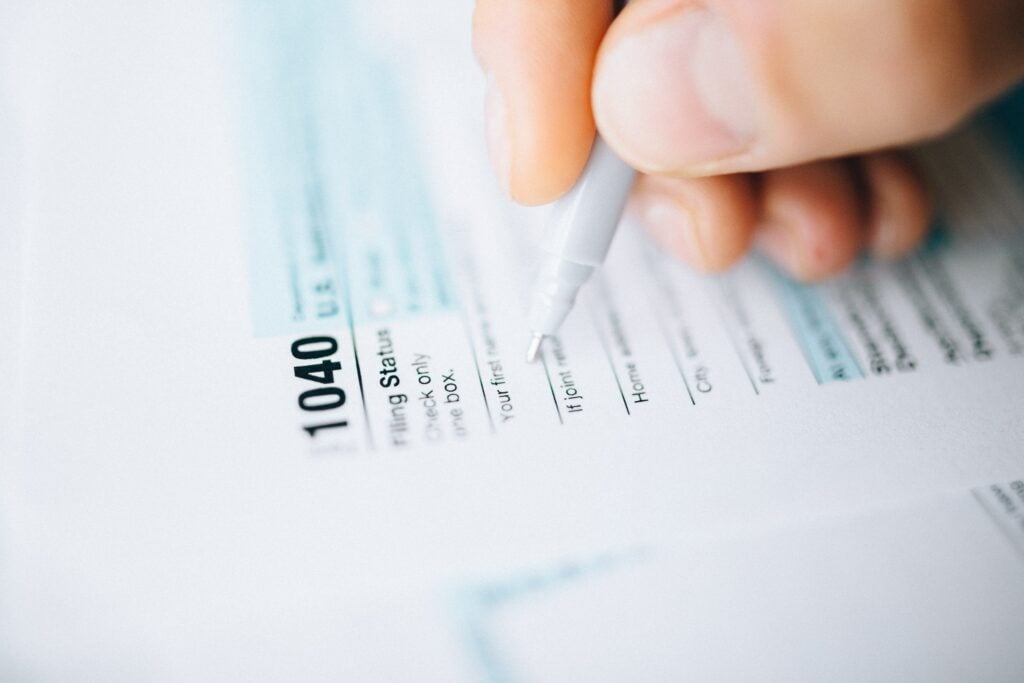You’ve probably heard the term on TV or read about it in a newspaper, but if you haven’t yet, you soon will. Contact tracing is repeatedly being mentioned as one of the most essential parts of the plan to reopen the American economy. But what is contact tracing, how does it work, and how will it help America get back to some sort of normal?
When a highly contagious disease like the novel coronavirus emerges, it can spread incredibly quickly amongst anyone without immunity. In an interconnected society like ours, it would seem to be impossible to keep track of not only who has the virus, but who those people may have passed it on to, but that’s exactly the idea. Contact tracing is the process of identifying those testing positive and then going on to contact anyone in their lives who they may have exposed to the virus. Those people are then asked whether or not they’re showing symptoms, and if they are, a slew of precautions, including isolation, are invoked as needed.

Public health officials across the world are gearing up programs in their own respective countries, but the United States is severely lacking in personnel. Currently, there are about two thousand people running contact tracing work; experts at Johns Hopkins University estimate that the requisite number of contact tracing workers is closer to 100,000, or perhaps even higher.
What we do know is that functional contact tracing, along with rigorous testing and public cooperation, is an inalienable pillar of what it will take to reopen the American economy and society. Placing a priority on testing and tracing will allow those who are able to rejoin the workforce and begin ushering in a new “normal.” But until then, distance is the best medicine.









